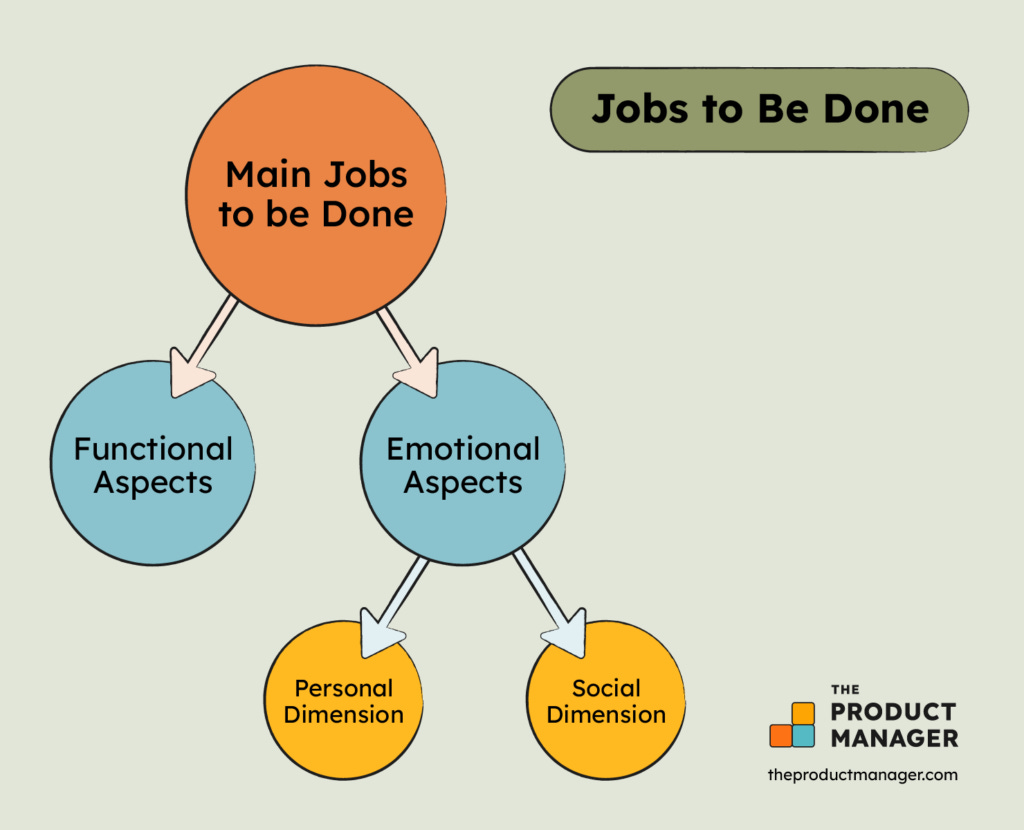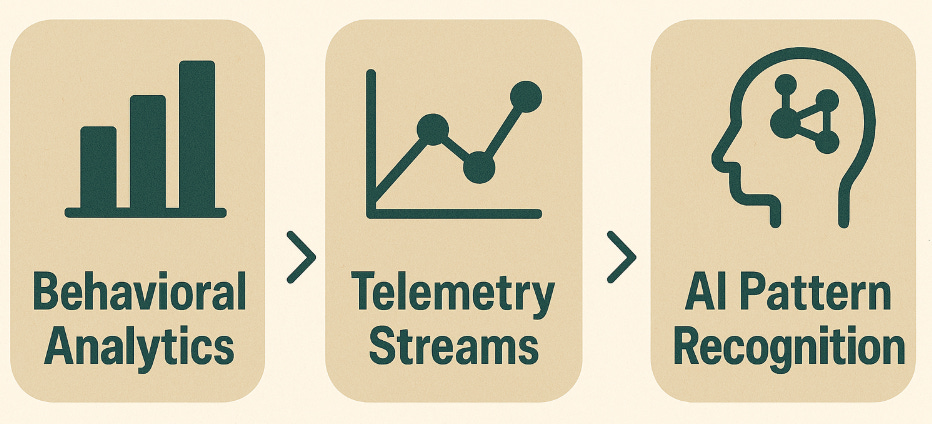Uncover Hidden Customer Needs: Data-Driven JTBD Strategies for 2025
102: 3.1 Jobs-to-be-Done in a Digital Context - Latent demand discovery through behavioral and telemetry data
In Chapter 1, we mapped the digital business model landscape — the new terrain of modular, systemic architectures shaping how firms create and capture value.
In Chapter 2, we broke those models into archetypes and hybrids, showing how today’s most successful companies assemble multiple patterns into adaptive, layered strategies.
Now, in Chapter 3, we shift gears: from what models look like to how they actually work.
Business models aren’t static blueprints — they’re living systems powered by human behavior, data feedback loops, and value exchanges.
To design and scale a modern digital firm, you must understand the mechanics of value creation, starting with the most fundamental question:
What “jobs” are your customers really hiring your product to do — and how can you uncover needs they can’t even articulate yet?
Business models today aren’t static blueprints — they’re living systems powered by data feedback loops, customer engagement signals, and behavioral insights.
To design and scale a digital business, you need to understand why customers use your product — and more importantly, what jobs they’re hiring it to do.
Traditional Jobs-to-be-Done (JTBD) relied on interviews and surveys. But in 2025, customers reveal their needs through data, not declarations.
Every click, scroll, and session creates a stream of telemetry data — the raw behavioral signal that reveals hidden motivations and unmet needs.
Key idea: In the digital era, jobs are discovered, not declared.
Leading firms like TikTok, Spotify, and Duolingo already use AI-driven behavioral analytics to identify customer needs long before users articulate them.
TL;DR: Uncovering Hidden Customer Needs with Data-Driven JTBD
Traditional Jobs-to-be-Done (JTBD) relied on interviews and surveys to understand why customers “hire” products.
In 2025, jobs are discovered through behavioral and telemetry data, not declared by users.
Leading companies like TikTok, Spotify, and Duolingo use real-time signals to uncover latent needs customers can’t articulate.
The new JTBD playbook: Capture → Cluster → Infer → Validate → Embed insights into product, growth, and monetization strategies.
AI models and data pipelines now drive discovery, while qualitative research provides human context.
Aligning product roadmaps with discovered jobs unlocks hidden growth markets before competitors notice.
Table of Contents
Introduction: Why Understanding Hidden Needs Matters
Evolving JTBD for the Digital Era
Why Traditional JTBD Alone Falls Short
Netflix vs. TikTok: Data vs. Explicit Signals
The Data-Driven JTBD Framework
Capture: Collecting raw behavioral signals
Cluster: Grouping behaviors with AI/ML
Infer: Translating clusters into jobs
Validate: Combining quantitative and qualitative methods
Embed: Driving strategy with discovered jobs
Case Studies
Spotify
Duolingo
Shopify
Key Metrics for Identifying Unmet Needs
Best Practices for Mining Jobs Through Data
Strategic Implications for Teams
Closing Thought
References
Understanding Hidden Customer Needs with JTBD
Business models today aren’t static blueprints — they’re living systems powered by data feedback loops, customer engagement signals, and behavioral insights.
To design and scale a digital business, you need to understand why customers use your product — and more importantly, what jobs they’re hiring it to do.
Traditional Jobs-to-be-Done (JTBD) relied on interviews and surveys. But in 2025, customers reveal their needs through data, not declarations.
Every click, scroll, and session creates a stream of telemetry data — the raw behavioral signal that reveals hidden motivations and unmet needs.
Key idea: In the digital era, jobs are discovered, not declared.
Leading firms like TikTok, Spotify, and Duolingo already use AI-driven behavioral analytics to identify customer needs long before users articulate them.
Why the JTBD Framework Must Evolve in 2025
The classic Jobs-to-be-Done framework explained why people “hire” products — like Christensen’s milkshake example: “to make my commute bearable.”
But that approach worked in a slower, industrial-era context.
Today’s digital products are:
Multi-platform (mobile, web, embedded).
Continuously updating.
Generating millions of behavioral data points per user.
This means data-driven decision making must replace static surveys. Modern JTBD now depends on:
Behavioral analytics → What users actually do.
Telemetry data → How users interact in real-time.
AI and machine learning → Identifying patterns beyond human analysis.
The next generation of JTBD is about discovering latent demand through data strategy — identifying what users can’t articulate but reveal through behavior.
Keep reading with a 7-day free trial
Subscribe to The Strategy Stack to keep reading this post and get 7 days of free access to the full post archives.





